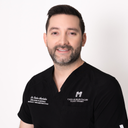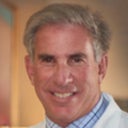At six months, your results have been final for sometime. Delivering consistent quality, liposuction and fat. Transfer result is far more difficult than people realize. The number of plastic surgeons who truly master does these procedures are in the small minority.


